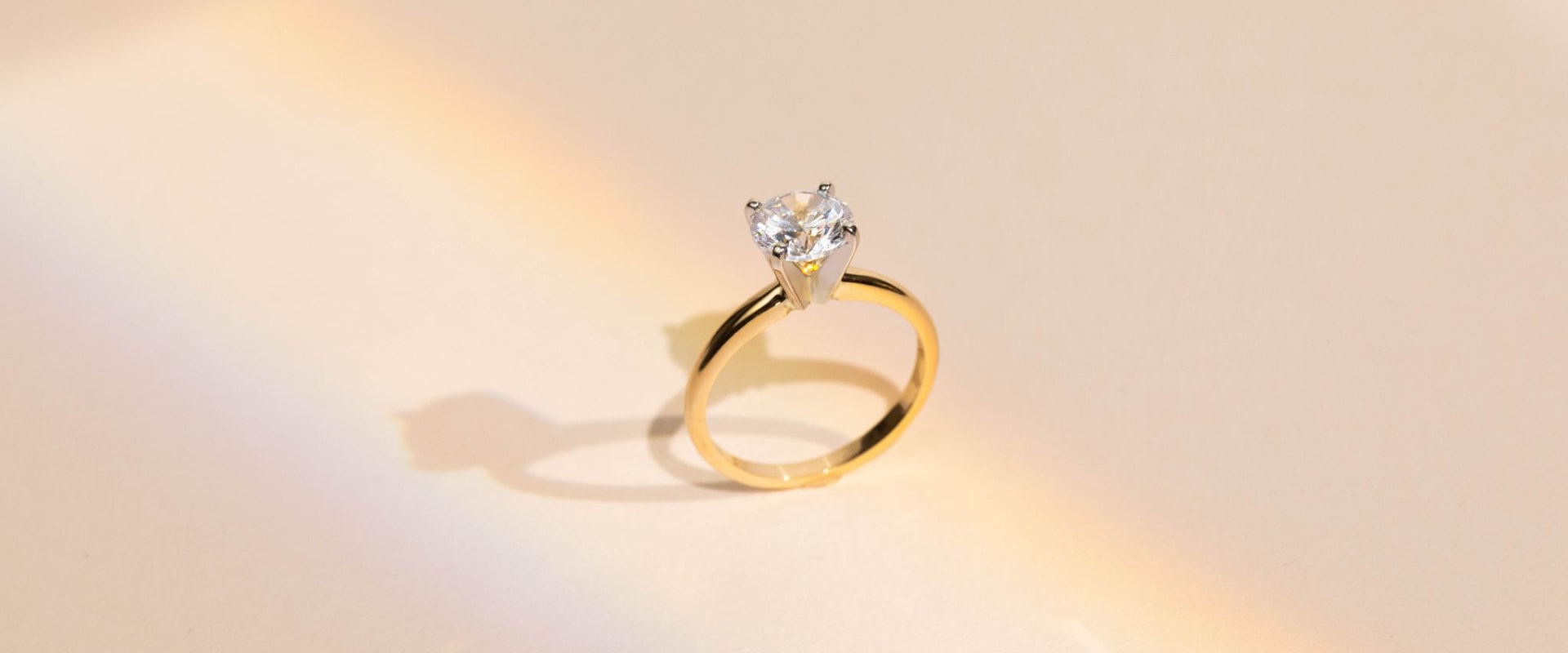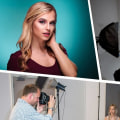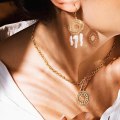The EF 100mm macro lens offers one of the best image quality available and is easy to use thanks to image stabilization and the USM autofocus engine. The 1.4x magnification ratio is currently the first in the world and means that you get more than realistic details. As a result, you should be able to focus on the small aspects of jewelry pieces, such as stones, marks, or intricate metal carpentry. The MC 105 mm has fantastic optics and practically eliminates things like chromatic aberration and color stripes to provide you with the best quality photographs of jewelry.
First of all, the focal length of the 105 mm telephoto lens offers superior versatility in your compositions. For example, you can zoom in and use the small minimum focusing distance to get close-up photos with no background. Or work harder to balance the background and the subject. A focal length of between 50 mm and 105 mm is perfect for jewelry photography.
If it's wider than this, you simply won't be able to get the best cutout or perspective to frame the pieces. If anything more than that, you'll have too much zoom and you won't be able to show any background in your photos. The Sigma 105mm macro lens is designed for jewelry photographers looking for advanced performance and professional results. The special low dispersion lens has a high refractive index that provides excellent correction in the results, without any aberrations and distortions.
The floating focusing system allows the movement of the optical path to different positions due to the two different lens groups. Prime lenses have a fixed zoom and are optimized to work better at the zoom level and therefore provide sharper images. You have to approach or move away from the camera for the subject to enter the frame. The basic 18-55mm lens works well for photographing necklaces, bracelets, thick earrings, etc.
The shorter the distance, the better the photograph. When photographing pieces of jewelry, it's not really about wide-angle coverage, but about detail and precision. Macro lenses with a focal length between 90 mm and 105 mm can be seen to be very popular among photographers. Most zoom lenses offer a supreme magnification factor of approximately 0.3x, but when you buy a lens for close-up photos, the macro prime lens offers a total magnification of 1.0x, making it considered a better option.
This lens will improve jewelry photographs, as it gives photographers much greater control over light and emphasizes the characteristics of the jewelry they are capturing with the lens. Consider the essential specifications and key features to consider when buying a photographic lens for jewelry. Buying lenses for jewelry photography can be overwhelming, but it can be a solid investment if you know the right principles and are willing to follow the basic guidelines. Among Nikon's best offerings for jewelry photography is its 105mm macro lens, which has much of the same technology as the Sony 90mm lens mentioned above.
While it's possible to capture the general look of most jewelry without specific equipment, anyone who wants to take artistic product photography to the next level should invest in a suitable lens that can capture details very closely. This lens may seem like an odd choice for jewelry photography, but it's one of the best zoom lenses available for product photography because of how versatile it is. Below are some essential factors to consider when looking for the best lenses for jewelry photography. Jewelry photography can be a challenge without the right type of lens, especially if you intend to make money with it.
The main reason why I place it in the best lens for jewelry photography is the incredible overall sharpness it can produce. Although this lens is slower than others on the list, with an f-stop range of 3.5 to 5.6, most of your jewelry photographs will be taken with an aperture higher than f 8.0 anyway, and will likely involve a bit of focus stacking. The RF 85mm Macro is an ideal lens for those who are new to jewelry photography due to its ease of use and its functions such as the control ring and image stabilization. .




Leave Message